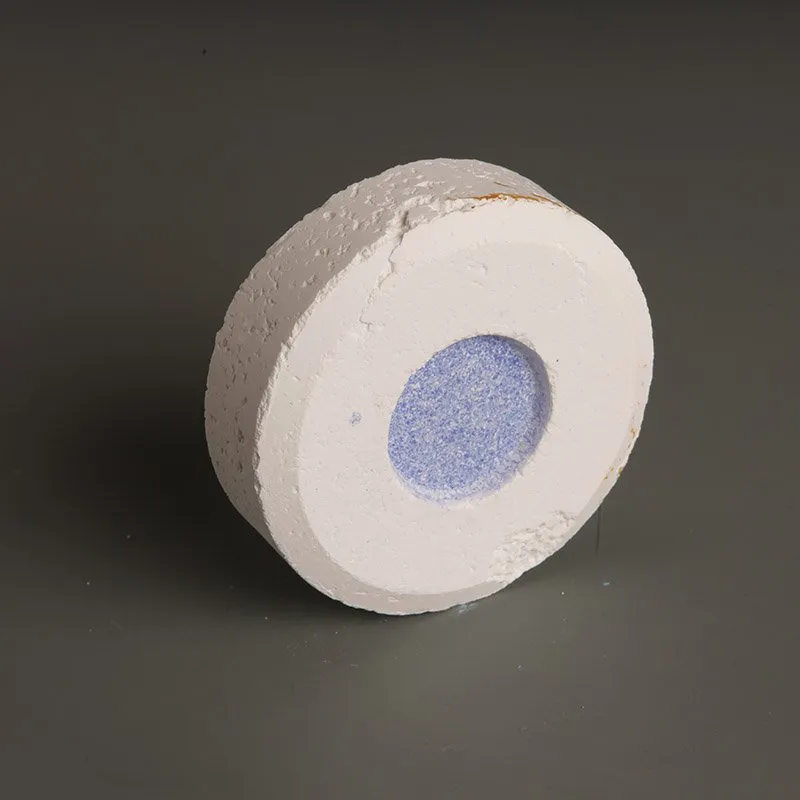



Using Caustic Soda for Soap Production and Its Benefits
The Role of Caustic Soda in Soap Making
Soap making is an age-old craft that has been practiced for centuries, serving both utilitarian and artistic purposes. Among the various ingredients that contribute to the formulation of soap, caustic soda, also known as sodium hydroxide (NaOH), holds a critical and irreplaceable role. Understanding the function and handling of caustic soda is essential for any aspiring soap maker, as it is the key ingredient that allows for the transformation of oils and fats into soap.
What is Caustic Soda?
Caustic soda is a highly alkaline compound derived from sodium chloride, commonly known as table salt. It’s a white, solid, and hygroscopic substance, meaning it readily absorbs moisture from the air. In soap making, caustic soda functions as a strong base, and its main application lies in a process called saponification. This chemical reaction occurs when caustic soda is mixed with fats or oils, breaking them down into soap and glycerin.
The Saponification Process
Saponification is the heart of soap making. When oils and fats are combined with caustic soda, the caustic soda breaks down the triglycerides in the fats into fatty acids and glycerol. This reaction can be illustrated by the simple equation
Fat + Lye (Caustic Soda) → Soap + Glycerin
The result of this process is a product that is both cleansing and moisturizing. The soap molecules created possess a hydrophilic (water-attracting) head and a hydrophobic (water-repelling) tail, allowing them to interact with oils and dirt, which can then be rinsed away with water.
Why Use Caustic Soda?
caustic soda used for soap making

One might wonder why caustic soda is preferred over other lye options, such as potassium hydroxide. While potassium hydroxide also produces soap, it typically results in a softer texture, better suited for liquid soaps. Caustic soda, on the other hand, is ideal for hard soaps, which are favored for their longevity and ease of use. Additionally, sodium hydroxide is more economical and widely available than its counterparts.
Safety Precautions
Despite its versatility and efficiency in soap making, caustic soda is a hazardous material that must be handled with care. It is extremely corrosive and can cause severe burns if it comes into contact with skin. Therefore, it is crucial for soap makers to wear protective gear, which includes gloves, goggles, and long-sleeved clothing, while working with this chemical.
When mixing caustic soda with water to create a lye solution, it is essential to add the caustic soda to water and never the other way around, as this can cause an exothermic reaction that may lead to splattering. Always work in a well-ventilated area and use heat-resistant containers to prevent any accidents during this process.
Experimenting with Formulations
Ultimately, the beauty of soap making is the ability to experiment and create unique formulations. By varying the types of oils, scents, and additives, soap makers can develop distinct products that cater to specific skin types or personal preferences. For instance, incorporating natural oils like coconut, olive, or palm oil can enhance the nutritional properties of the soap, while essential oils can provide aromatic benefits.
As one becomes more experienced, the degree of lye can be adjusted along with the choice of fats, leading to different soap characteristics. However, it’s vital to always use accurate measurements and to understand the saponification values of each oil to ensure the final product is safe for use.
Conclusion
In conclusion, caustic soda is an indispensable ingredient in soap making, enabling the transformation of fats and oils into cleansing bars. While it requires careful handling and safety precautions, the rewards of creating customized soap far outweigh the challenges. With practice and creativity, anyone can embark on this fulfilling journey, crafting unique soaps that embody their personal touch. Whether for personal use or as a handmade gift, the art of soap making encourages a connection to the natural world and a deeper understanding of the chemistry involved in everyday products.
-
Why Sodium Persulfate Is Everywhere NowNewsJul.07,2025
-
Why Polyacrylamide Is in High DemandNewsJul.07,2025
-
Understanding Paint Chemicals and Their ApplicationsNewsJul.07,2025
-
Smart Use Of Mining ChemicalsNewsJul.07,2025
-
Practical Uses of Potassium MonopersulfateNewsJul.07,2025
-
Agrochemicals In Real FarmingNewsJul.07,2025
-
Sodium Chlorite Hot UsesNewsJul.01,2025










